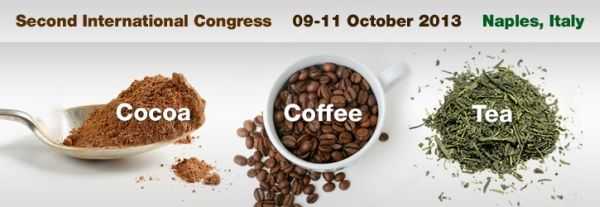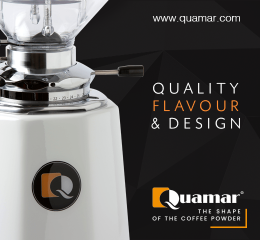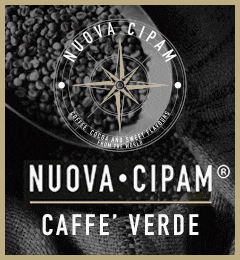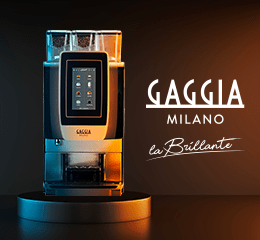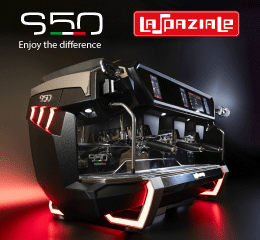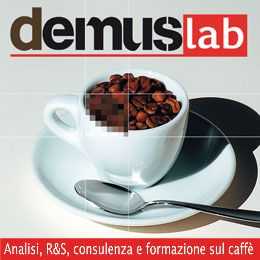Annett Riedel1, Christina Maria Hochkogler1, Natalie Dieminger2, Roman Lang2, Tamara Bakuradze3, Gina Montoya3, Swantje Winkler4, Gerhard Bytof5, Ingo Lantz5, Herbert Stiebitz5, Thomas Hofmann2, Elke Richling3, Doris Marko4, Gerhard Eisenbrand3, Dorothea Schipp6, Jochen Raedle7 and Veronika Somoza1
1 Department of Nutritional and Physiological Chemistry, University of Vienna, Vienna, Austria 2 Chair of Food Chemistry and Molecular Sensory Science, Technische Universität München, Freising, Germany 3 Department of Chemistry, Division of Food Chemistry and Toxicology, University of Kaiserslautern, Kaiserslautern, Germany 4 Department of Food Chemistry and Toxicology, University of Vienna, Vienna, Austria 5 Tchibo GmbH, Hamburg, Germany 6 Ds-statistik GmbH, Rosenthal-Bielatal, Germany 7 Innere Medizin III, Westpfalzklinikum, Kaiserslautern, Germany
Scope: This study intended to clarify whether two coffee brews, a medium roast market blend (MB) and a dark roast study blend (SB), each containing equal amounts of caffeine, but differing in their contents of trigonelline and chlorogenic acids (high in MB) and N-methylpyridinium (high in SB), differentially affect not only satiety outcome measures in plasma, such as ghrelin, serotonin, leptin, adiponectin, insulin, free fatty acid and glucose, but also the lymphocyte energy charge potential (ECP) in healthy volunteers.
Methods and results. In this randomized, controlled cross-over intervention study, 84 healthy normal-weight female and male volunteers consumed 750 mL of MB and SB coffee per day for 4 weeks.
Consumption of MB coffee induced satiety by reducing plasma ghrelin (p<0.001) and increasing serotonin concentrations (p<0.001) when compared to the preceding wash-out period, whereas consumption of SB coffee had no effect.
Plasma concentrations of the adipocyte-derived hormones leptin and adiponectin were higher after MB than after SB consumption (p<0.05). However, plasma free fatty acid concentrations increased equally by 140 ± 187 μM and 178 ± 160 μM following MB and SB coffee intervention (p<0.001), resp., whereas plasma glucose remained unchanged.
Lymphocyte adenosine nucleotide analysis revealed a comparable rise in the ECP, as calculated from ADP/ATP ratios, adjusted to the content of total adenosine nucleotides.
Conclusion: The results of this double blind intervention study indicate that MB and SB coffee, although differing in contents of N-methylpyridinium, trigonelline and chlorogenic acids, exert similar effects on outcome measures of energy metabolism, as indicated by equally enhanced serum free fatty acids and lymphocyte energy charge potential, but differentially promote satiation.



